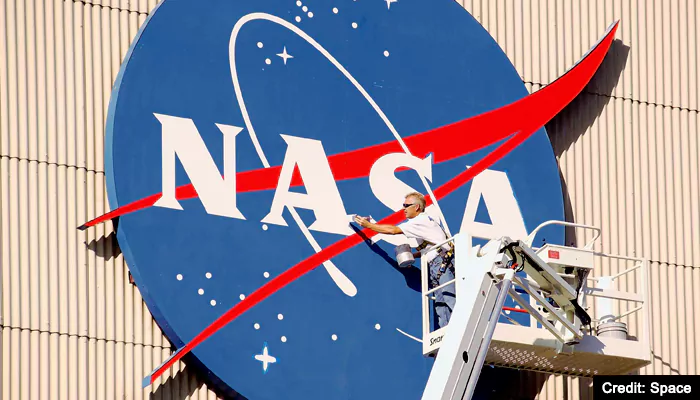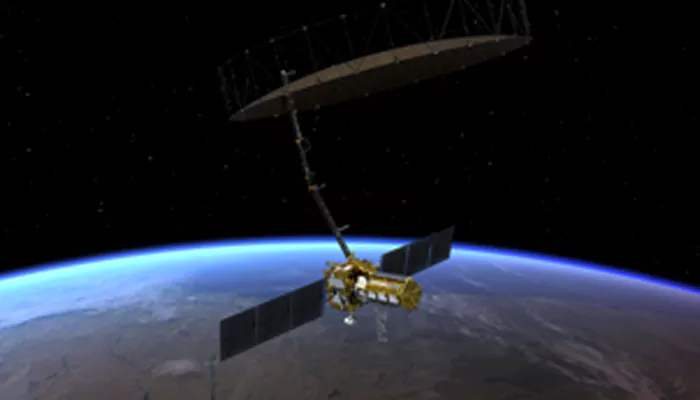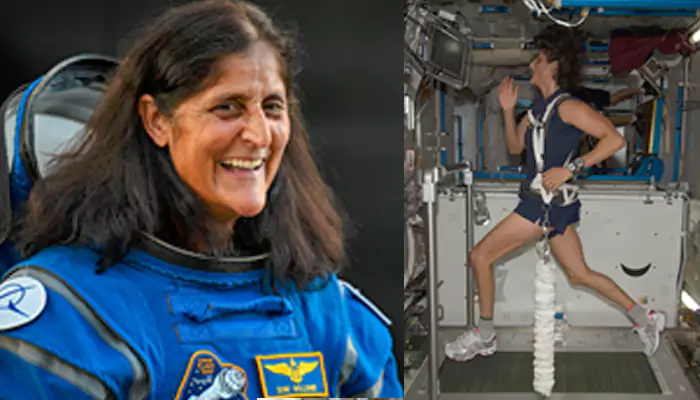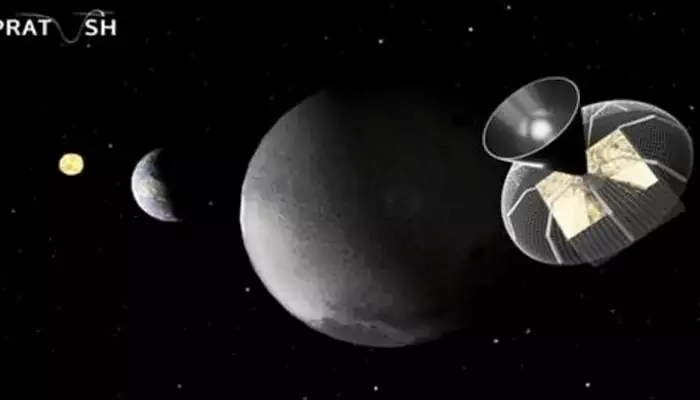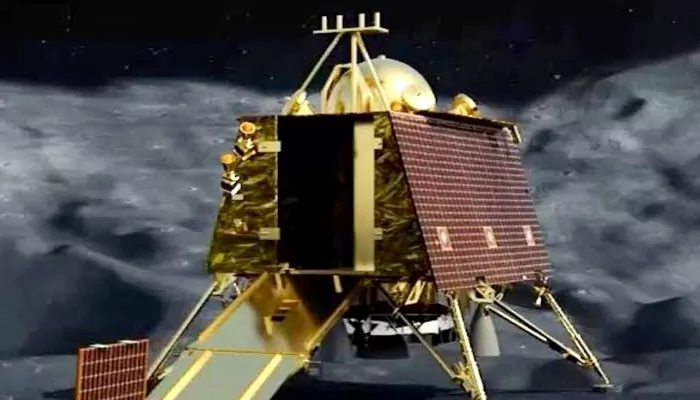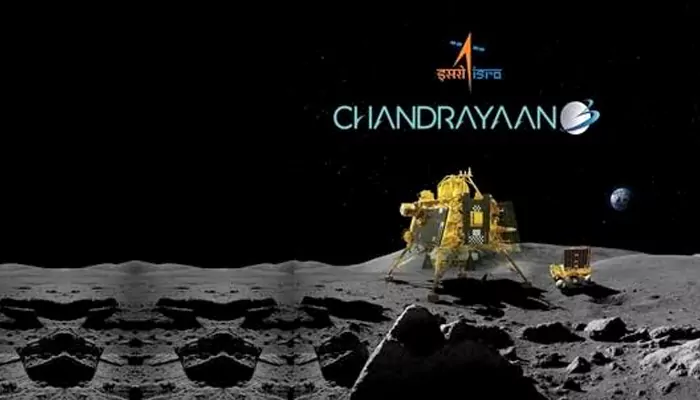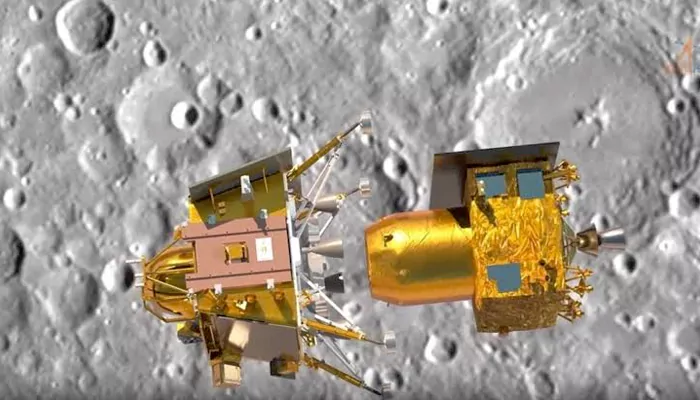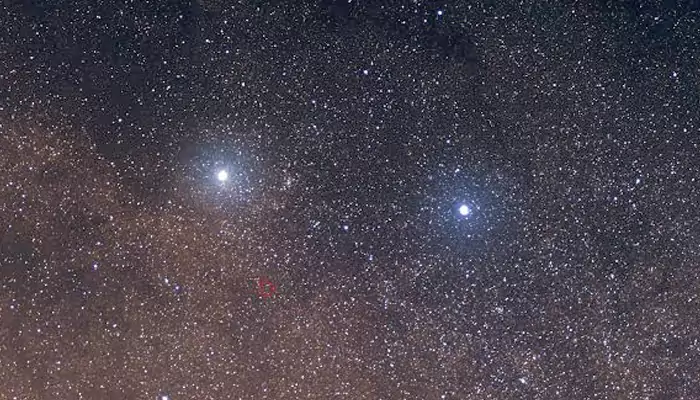On This Day - Chandrayaan-1 Was Launched In 2008: Meet The Remarkable Team Behind The Mission
- Sayan Paul
- 1 year ago
- 5 minutes read

The spacecraft was expected to operate for two years. However, all communication with it was lost on August 28, 2009.
Last year, the groundbreaking success of Chandrayaan-3 (the third mission under ISRO’sChandrayaan program) grabbed the entire world's attention, making India a leading player in space exploration. It was indeed a moment of pride for every Indian, and we still raise our collars whenever it's mentioned. Having said that, what's also essential to acknowledge is the achievement didn't take place overnight, and the journey had begun long ago - in October 2008. Well, it was Chandrayaan-1, the first mission under the Chandrayaan program, that served as a major boost to India's space program.

Launched on October 22, 2008, by the ISRO (Indian Space Research Organization), the mission was intended to assess the lunar surface, producing a complete map of the chemical composition at the surface and its three-dimensional topography. It entered lunar orbit on November 8, 2008, however, lost all its communication with the Indian space agency on August 28, 2009. Still, it accomplished some remarkable achievements (especially lunar water discovery) that paved the way for further exploration.
Chandrayaan-1: India's March Towards Exploring Space & Unveiling Lunar Mysteries!🚀🇮🇳
— Ministry of Information and Broadcasting (@MIB_India) July 31, 2024
🔹Launched on October 22, 2008, India's maiden moon mission made 3,400+ orbits around the moon and successfully completed all major objectives
🔹Watch how Chandrayaan-1 has become a living… pic.twitter.com/6xWjnSLtBE
Credit: Ministry of Information and Broadcasting
To mark the 16th anniversary of Chandrayaan-1's launch, let's celebrate the team behind the mission.
G. Madhavan Nair
G. Madhavan Nair, the chairman of ISRO at that time, was the main architect of Chandrayaan-1. It was his leadership and strategies that helped the mission develop from its conception to its launch.
Speaking about Nair, he is one of the most distinguished personalities in India's space exploration field today. He has been part of several other successful space missions as well, such as INSAT, Resourcesat, Edusat, Cartosat, Hamsat, and Oceansat.
Pioneers of India's Space Journey: G. Madhavan Nair!
— Ministry of Information and Broadcasting (@MIB_India) August 18, 2024
💠Chairman of #ISRO (2003-2009)
💠Driving force behind India's 1st lunar probe, Chandrayaan-1
💠Played a key role in operationalisation of PSLV & GSLV #NationalSpaceDay pic.twitter.com/M5mCP9Ygdh
Credit: Ministry of Information and Broadcasting
After the launch (Chandrayaan-1), Nair said in a statement, "It is a historic moment as far as India is concerned. We have started our journey for the moon, and the first leg of the journey has gone perfectly well."
Mylswamy Annadurai
Mylswamy Annadurai, often referred to as the "Moon Man of India", was the project director of Chandrayaan-1. Under his leadership, a team of scientists and engineers designed as well as developed the project. He spearheaded how the spacecraft would accomplish "simultaneous chemical, mineralogical, resource and topographic mapping of the entire lunar surface at high spatial and spectral resolutions".
Pleasure hosting and interacting with Padmashri Awardee Dr Mylswamy Annadurai- project director in #Chandrayaan 1&2 and #Mangalyaan, India’s Mars and 1st and 2nd Moon Missions. On his current visit to the US, he has been interacting with university and school students as well as… pic.twitter.com/E2lBDObFoO
— India in Houston (@cgihou) September 20, 2024
Credit: India in Houston
Annadurai served as the director of ISRO Satellite Center from 2015 to 2018. Besides Chandrayaan-1, he has also spearheaded other missions such as the Mars Orbiter Mission, Chandrayaan-2, ASTROSAT, and Aditya-L1 among others.
Notably, Akshay Kumar's character in the 2019 film 'Mission Mangal' is based on him.
T. K. Alex
ThekkethilKochandy Alex, Director of ISRO Satellite Center at the time, played an instrumental role in the design of the spacecraft. His expertise in electro-optic systems and satellite technology contributed a lot to the mission.
The space scientist started his career with the first Indian satellite Aryabhata, and went on to work for the sensor systems in all the major Indian satellites throughout his career. The Laboratory for Electro-Optics Systems (LEOS) was established in 1993 under his leadership.
Besides Chandrayaan-1, he also contributed to India's interplanetary mission, the Mars Orbiter mission, Mangalyaan.
S. K. Shivkumar
As the Director of ISRO's Deep Space Network, S. K. Shivkumar was responsible for tracking as well as monitoring data from Chandrayaan-1. Precisely, he was the project director for the development of the 32-meter (105 ft) dish antenna of the Indian Deep Space Network which was used for telemetry in the lunar missions (and in several others as well).
Besides this, the late S. K. Shivakumar, throughout his career, was involved in several satellite missions such as Bhaskara, Indian National Satellite System (INSAT), Ariane Passenger Payload Experiment (APPLE) and Indian Remote Sensing Program (IRS). He was awarded the Padma Shri, the fourth-highest civilian award of India, in 2015.
The list doesn't end here. Besides the above-mentioned names, it also includes M. Pitchaimani (Operations Director), Leo Jackson John (Spacecraft Operations Manager), and Srinivasa Hegde (Mission Director) among others.

